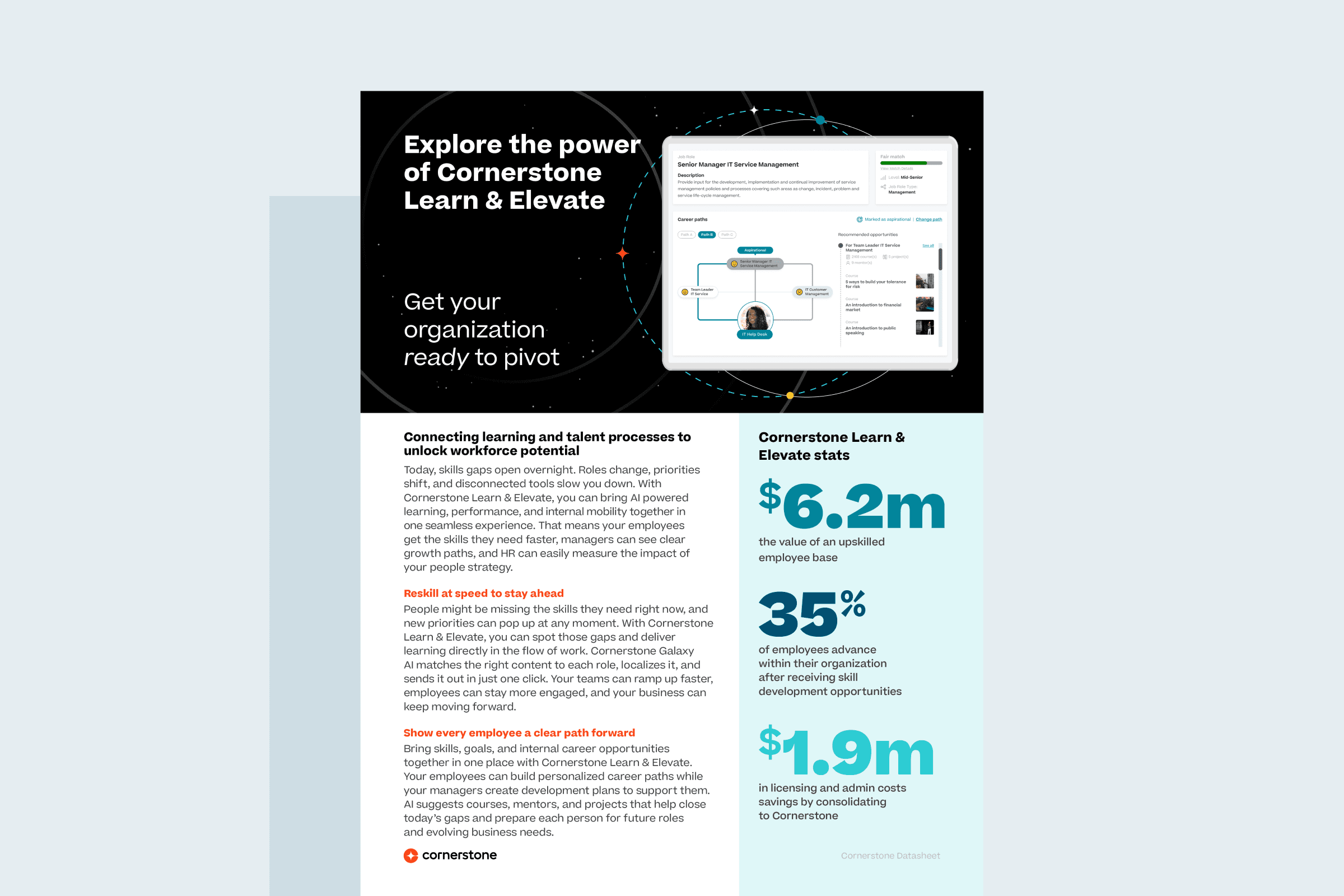Have you ever wondered why the hiring process is so freakishly slow? It should be easy—at the moment a manager has a vacancy (or knows there will be one), a recruiter should jump in and screen candidates, the manager should schedule interviews with a few promising applicants and, collectively, they should make a final offer to the best one.
That's how it should go. From the outside, it may look like this process is happening in your organization. But here's the catch: even if you're following these steps, you're likely following them at a glacial pace, and running into obstacles at every turn.
Why is hiring so much harder than it seems? Let's take a look behind the scenes of the hiring process to understand the common hold-ups, and how to address them.
Step 1: Manager Has a Vacancy
First, ask why a vacancy occurred: Did someone quit? Was someone promoted? Has the workload increased and the team just needs a new hire? Second, evaluate your resources to actually fill this vacancy: What's the budget? If the vacancy is due to someone quitting (or being promoted), is the current budgeted salary competitive enough to hire from the outside? Does the current job description still work?
As you can probably see, even the very first step in the hiring process is far more complicated than it looks. If you don't have solid answers to the above questions, it will throw a wrench into the rest of the process.
Step 2: Advertise the Opportunity
For many jobs, putting up a job description and gathering applications is the easiest part of hiring. But what if it's a position with a very specific skill set? Sometimes, the recruiter has to go out and hunt for someone with the right qualifications. These "head hunters" spend a lot of time and energy on this part of the hiring process, since they have to proactively find—and then convince—people to apply.
Alternatively, while an entry-level or general job should receive an influx of applications, it's important to carefully define the job in step 1. Two weeks into the live job application, you don't want the hiring manager to call up the recruiter and say, "I know we said we needed someone with X, but actually we need someone with Y." Unless a good portion of the X applicants can also do Y (unlikely), you'll have to start the process all over.
Step 3: Screen Candidates
Your relationship and communication with the recruiter will determine whether this step is productive or not. While some recruiters are well-versed in the role or department and know the right questions to ask, many others are general recruiters who are sourcing candidates across four or more skill sets. They may accidentally exclude someone who would be awesome in a position because they don't fit the job description to a "T".
Make sure to provide as many details as possible, and offer various examples of candidates that would make a great fit.
Step 4: Interview the Applicants
Most people don't do a ton of hiring, and conducting interviews is not an easy feat—it's one that takes a lot of practice, intuition and patience. That's obstacle number one.
Second, people who apply for new jobs are typically applying for more than one. Scheduling by itself can take forever—especially if your leadership team prefers to have multiple people interview each candidate.
So, make sure you're taking into account the candidate experience in this step—remember, not only is the hiring manager picking a candidate, but the candidate is picking a job. Your interviewer should be well-prepared, communication should be prompt and the process itself should run smoothly.
Step 5: Make the Job Offer (and Hopefully, Celebrate!)
There's no guarantee that your offer will be accepted, or that you will be able to meet the candidate's negotiation asks.
The key to this step is preparing for wiggle room—don't post the job at the highest salary you can offer, and expect some pushback on things like flexible working hours or vacation time. If the candidate is employed, it's likely their current company will come back with a counter-offer—and you need to be prepared to meet it.
If you're able to meet the various challenges that crop up throughout the hiring process, you'll be much more likely to find and hire the right candidate faster. When it comes to hiring, the secret is to never underestimate the collective power of details, communication and flexibility.
Photo: Creative Commons


